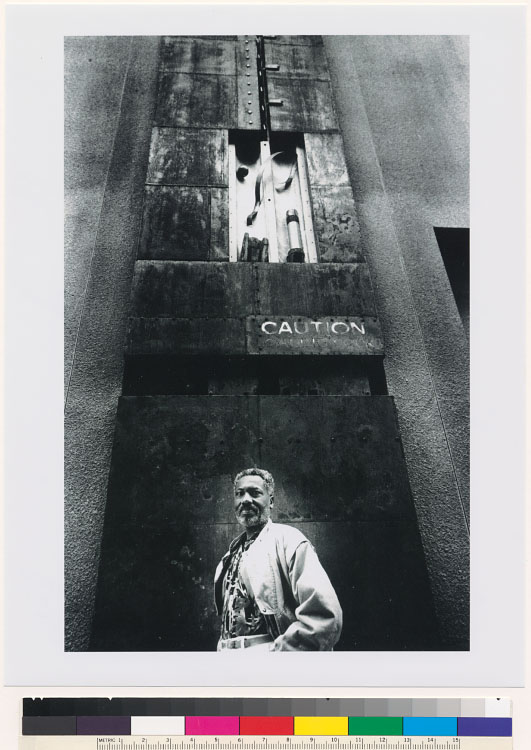
Ron English and the Struggle for Public Space: Investigating the Influence of Art in Demonstration

**Ron English and the Fight for Public Space: Investigating the Function of Art in Protest**
In a time when media inundation and consumer culture prevail in public awareness, certain artists have embraced the role of resistance, utilizing creativity as a means of protest. One notable figure is Ron English, a modern American artist often dubbed the “godfather of street art.” Widely recognized for his subversive interpretation of popular culture, English has been a key player in the struggle for public space, turning billboards and communal areas into provocative canvases that challenge corporate narratives and societal standards. His creations provoke essential inquiries regarding the function of art in protest, the stewardship of public spaces, and the influence of visual culture in molding public dialogue.
### The Development of Subversive Art
Ron English initiated his journey as a billboard liberator during the 1980s, engaging in a movement called “culture jamming”—an anti-consumerist strategy that involves modifying corporate ads to reveal concealed messages and agendas. Utilizing wheatpaste, paint, and guerrilla methods, English would frequently “liberate” billboards under the veil of night, substituting polished brand visuals with satirical interpretations that exposed the deceptive nature of advertising.
Through exaggerated characters such as “MC Supersized”—an overweight clown evoking McDonald’s mascot Ronald McDonald—or “Abraham Obama”—a composite image of Abraham Lincoln and Barack Obama—English critiques consumer culture, political messaging, and the intertwining of public interest with corporate agendas. His methodology underscores how pop culture can be manipulated for both corporate control and artistic rebellion.
### Art as Protest in the Public Sphere
English’s creations thrive in the liminal spaces where public intersects with private, legality clashes with illegality, and art converges with activism. Unlike conventional gallery-centered art that often engages a self-selecting audience, public art like English’s is inescapable. It confronts ordinary individuals in shared areas—bus stops, building facades, and highways—demanding attention and interaction.
This democratization of art emerges as a powerful form of protest. By reclaiming public space from corporate entities, English not only contests the omnipresence of advertising but also reclaims the public consciousness. By altering a billboard, the artist undermines the intended message and encourages viewers to scrutinize the authority of the original content. Who holds the right to shape our visual environment? And why does commercial speech wield such unchallenged supremacy?
### Legal and Ethical Considerations
English’s methods are not without debate. Unauthorized modification of billboards is illegal and often perilous. Nevertheless, for artists like English, this form of protest transcends mere aesthetics or personal expression—it seeks to inspire societal introspection and disrupt conventional patterns of passive consumption.
Critics contend that vandalism, even with artistic or political motivations, can erode the rule of law and property rights. Advocates argue that the public possesses a moral obligation to confront corporate invasion of public space, particularly when the messages in question endorse unhealthy lifestyles, superficial ideals, or political apathy.
### Art as a Reflection and a Voice
In many respects, English’s art operates both as a mirror reflecting cultural absurdities and a voice amplifying alternative perspectives. His hyper-realistic style, often termed “popaganda” (a fusion of pop art and propaganda), is purposefully approachable, drawing from the very aesthetic it parodies. By leveraging familiarity, English disarms viewers, enhancing their receptiveness to critique.
This aspect renders his work crucial to contemporary socio-political dialogue, especially in a media landscape rife with misinformation, political strife, and consumer frenzy. Street artists like English remind us that visual representation is not impartial. It can either bolster existing power dynamics or disrupt them, depending on its deployment.
### The Future of Art, Protest, and Public Space
As urban areas become increasingly monitored and controlled, the struggle for public space has evolved. Digital billboards, augmented reality, and social media have broadened the scope for protest art, yet also made it more vulnerable to appropriation and censorship. Ron English remains undeterred. He persists in creating work that is both contentious and thought-provoking, modifying his strategies to tackle the hurdles of the digital era—developing limited edition prints, NFTs, and even feature films to engage wider audiences while preserving his subversive tone.
Ultimately, English’s career exemplifies how art can be harnessed not solely for aesthetic or financial gain, but for provocation and transformation. His journey highlights that public space is far more than a mere backdrop for everyday life—it is a contested domain where ideas clash, identities are formed, and values are deliberated.
In reclaiming these spaces, English encourages us all to take part—to question more deeply, resist more effectively, and envision more audacious futures through the power of visual disruption. As society grapples with intricate issues ranging from political division to environmental crisis, voices like his affirm that art is not a luxury—it is an essential need.